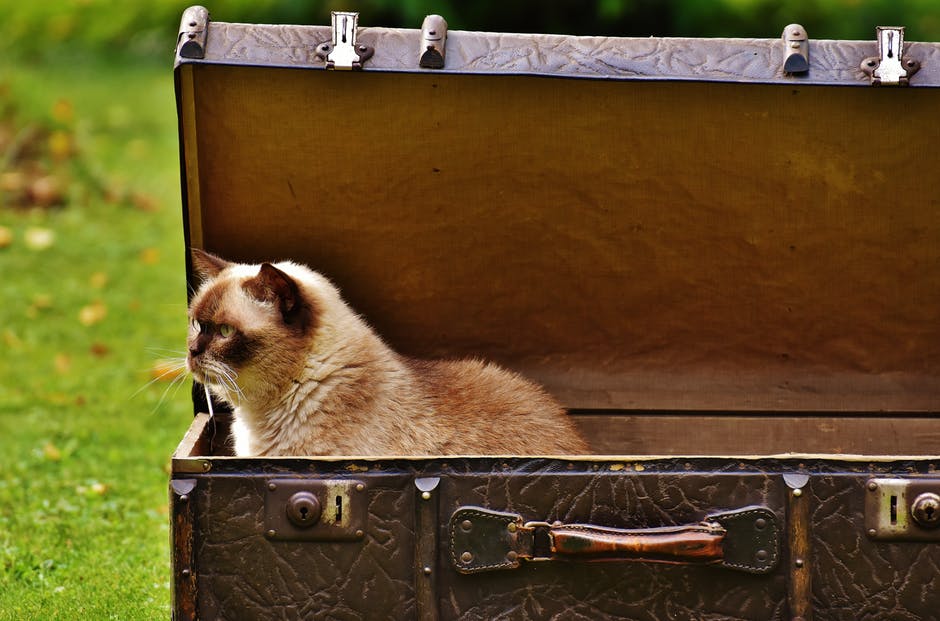Keep your pet safe while flying

Pets are often our best friends – that’s why it can be hard to imagine traveling without them. If you’re planning a road trip, you won’t have too many problems. Pack some food and water in your car, some safety equipment, and away you go. But what are you going to do if there’s flying involved?
Things get way more complicated for you and your pet when you get to the airport. The last thing you want is to harm your pet in any way or to jeopardize its life. Also, you need to think about your safety and the airline’s policies. To avoid any inconvenience, check our list of necessary preparation.
Get familiar with the airline’s policies
Don’t be ignorant if you want to travel with your pet; read all the policies of the chosen airline company. Make it clear to them that you’re traveling with an animal and ask as many questions as needed to be sure everything’s fine. Study the pet-travel requirements, which can include paperwork, pet-carrier dimensions, animal size and weight. Also, the time of the year counts a lot. Summer is usually a no-fly period for pets because of the extreme heat.
High-risk dog breeds
Many studies show that short-nosed dogs are the ones who die more often on an airplane than other dogs. Pugs, Boston Terriers, Boxers, some mastiffs, Pekingese, Lhasa Apsos, Shih Tzus, and Bulldogs are the breeds that have respiratory problems in no-air spaces. If they’re not in crates, but in the cabin with their owners, they can survive. Many airlines don’t fly these types of dogs, so be sure that your dog is welcome onboard.
Get the right carrier for your pet
You need a proper crate for your pet whether it’s flying in the cabin with you or in cargo. First of all, the crate is for animal safety and keeping it in one place. You don’t want a freaked out cat to start jumping around on people’s faces, so this is the second reason to keep your pet restrained. So, no matter if it sits on your lap or it’s in the cargo area, your pet needs a good carrier. Be sure to provide a comfy one, as well. Don’t make your dog or cat suffer.
Get your pet’s health certificate
Take your pet to a vet and get a health certificate that confirms your pet is in good condition and can handle the flight. Also, get a certificate for all the necessary vaccinations, the temperatures your animal can be exposed to, and how long your pet can be up in the air. Some airlines require all this information for your pet’s health. Make sure you have all the paperwork done before your flight date. If you don’t take care of the safety of your pet, nobody else will. So, be a responsible pet owner and follow the rules.
Avoid sedatives
Sedating your pet is something that almost no vet recommends. A better option is to get the carrier a few weeks before the flight and let your pet get used to it. Familiar smells are always helpful, so put your pet’s favorite toy or a blanket inside the carrier.
After landing your pet will feel dizzy and will need time to acclimatize to the new environment. If you notice something weird happening, visit a local vet. In the end, if you have someone to leave your pet with back home, do it. Animals hate airplanes! Ok, maybe a few of them don’t mind flying, but they don’t enjoy it like we do. Be as good a friend as your dog is to you and spare it the trouble!
If you have any comments then please drop us a message on our Outdoor Revival Facebook page
If you have a good story to tell or blog let us know about it on our FB page, we’re also happy for article or review submissions, we’d love to hear from you.
We live in a beautiful world, get out there and enjoy it. Outdoor Revival – Reconnecting us all with the Outdoor
